In the heart of one of the most crowded cities on the planet, a two-storey house sits along a narrow, quiet street in the Philippines. Inside one of the large bedrooms are soft toys, scattered pillows and colourful mattresses on the floor, like a teenage sleepover. While pedestrians stroll past the house, Child Rescue is aware of the crimes behind its doors.
Early this month, our agents and the country’s law enforcement rescued 20 females, including two minors, after discovering they were being held in a house and sold for sex to customers who made online bookings – ordering girls with names such as “Number 231”.
“There was no way of telling what was going on inside,” rescue agent Barnett says.
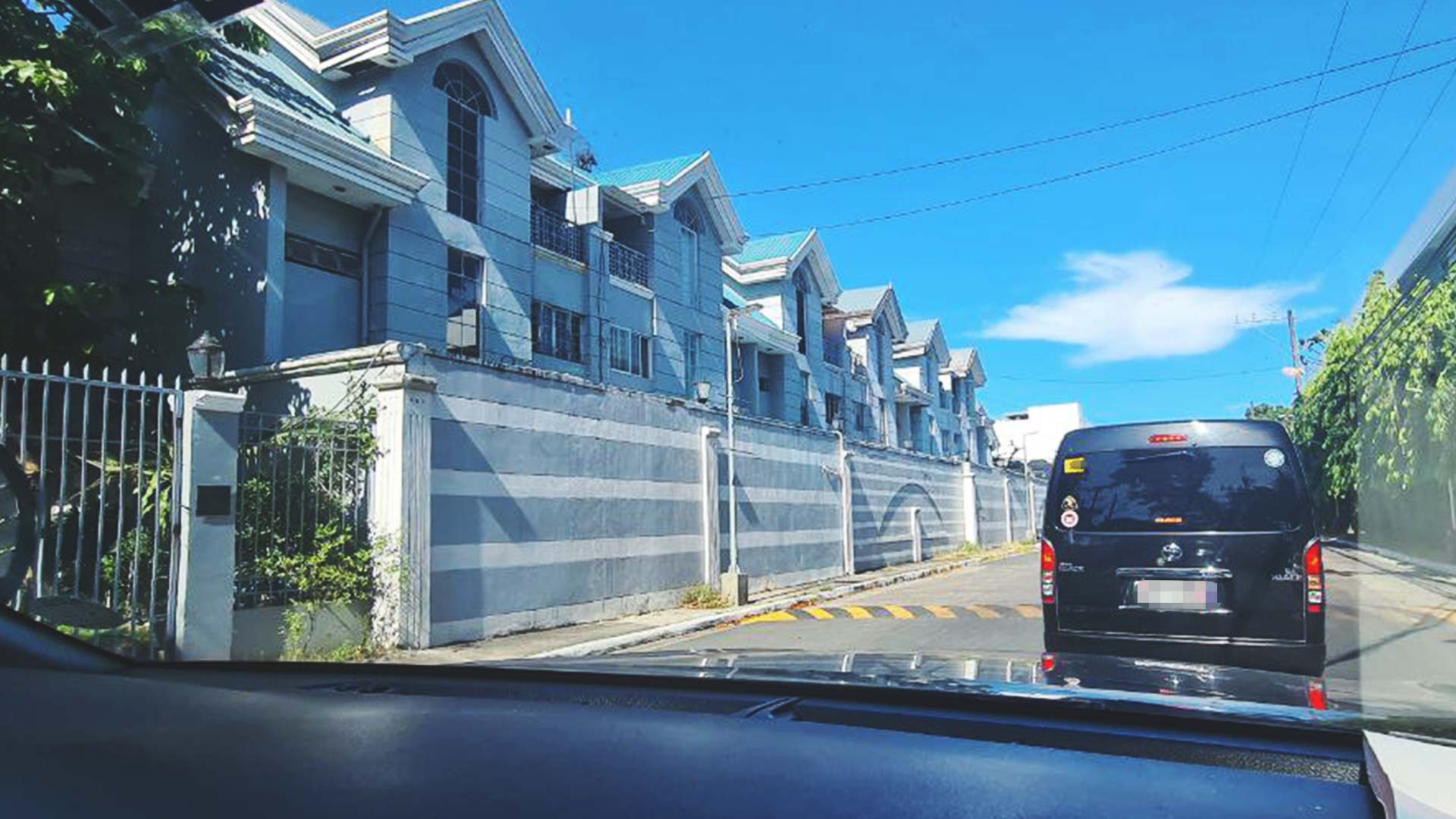
The whistle
Thanks to a tip from a whistleblower, the case was brought to the attention of the National Bureau of Investigation, an agency of the Philippine government.
While the women lived at the white and rose-painted house, one of the agency’s special investigators learned the girls were being advertised and booked for sex services through a private group chat on a messaging platform, Telegram. A Chinese couple ran the house and chat and sold the girls to Chinese customers only.
The investigator called our rescue agents to help prepare and execute a raid operation to free the women and catch the traffickers, referred to as “heartless pimps,” by a police report from the agency.
$25
[ NUMBER 231 ]
Waiting for the girls
One morning in early May, the investigator slipped into the group chat under the guise of a Chinese customer and booked two girls for about $25. One girl was advertised as “Number 231,” according to the report.
Agents planned to meet the girls at a hotel in the afternoon, about 25 minutes away from the target house. This half of the operation would provide crucial evidence in the case against the two traffickers.
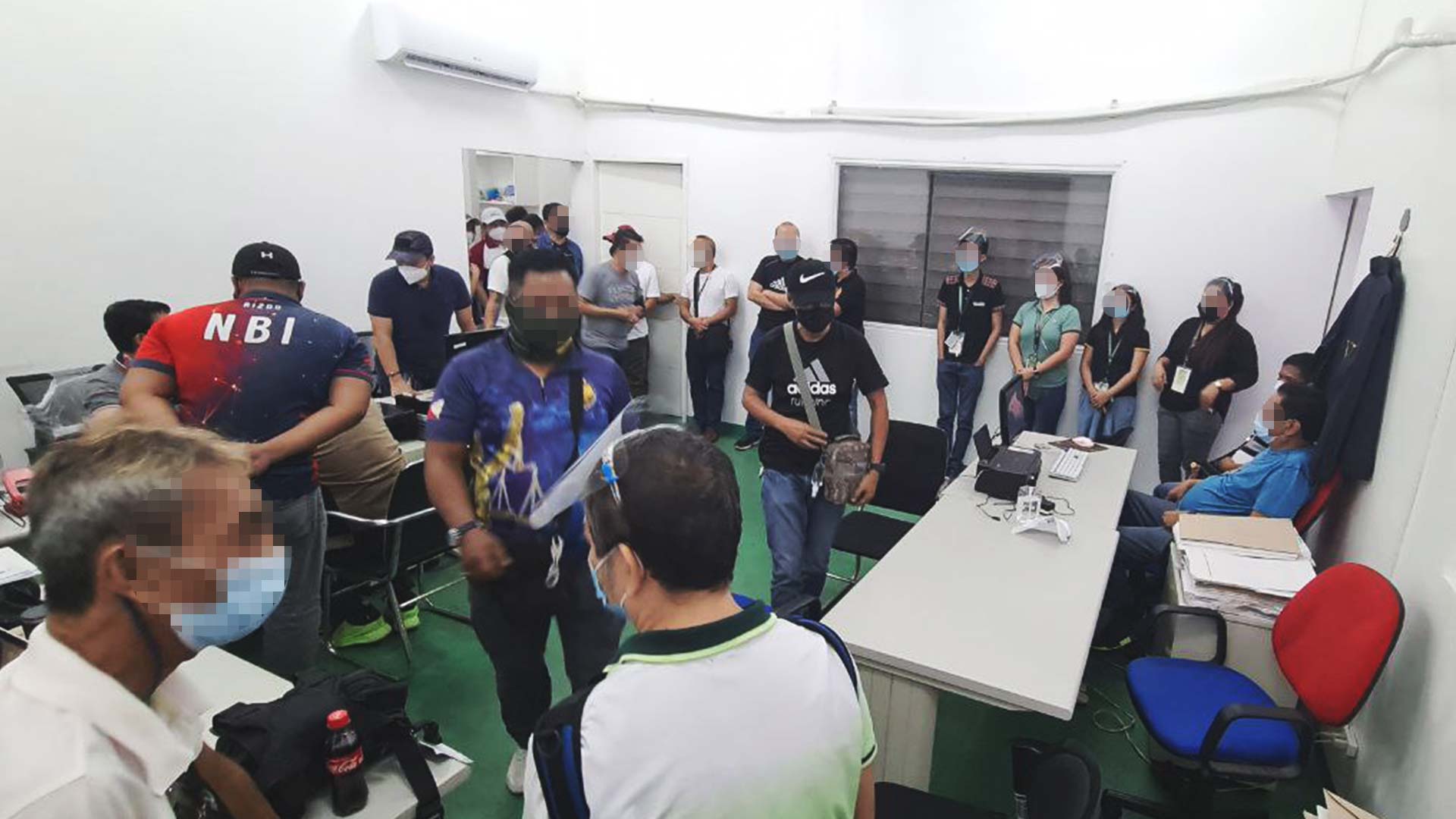
Teams gather in preparation for the two coordinated operations.
In the afternoon, one team, comprising the investigator, rescue agents and social workers, travelled to meet the two girls at the hotel. The investigator, disguised as a customer, waited alone in one hotel room while the rest of the team hid in the next.
Another team parked outside the house, waiting to rescue the remaining girls and women and arrest the traffickers who sent the girls to the hotel.
“[We also] monitored all activity of the day in case of a tip-off or leak, and they were to mobilise the victims quickly,” Barnett said.
Packing contraceptives and costumes, the girls arrived at the hotel and reached their hand to accept their payment, triggering the investigator to give the green light to the second team to storm the house.
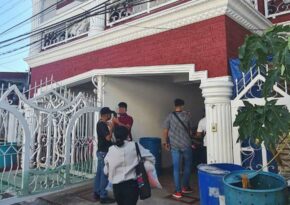
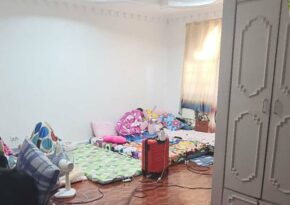
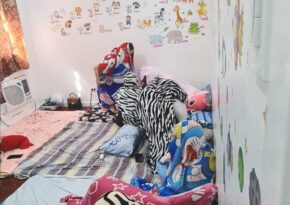
“We had very little intel on the premises on-the-day risk levels besides what the girls at the hotel had given, so we were going in blind,” Barnett said.
Barnett, alongside law enforcement, entered the house, arrested the husband and wife, and rescued the remaining 18 girls and women.
Just teenage girls
Inside the house, the women appeared to have slept on mattresses on the floor in a large bedroom. They had ordinary, teenage items like soft toys, a zebra-printed blanket, and coloured numbers and pictures of cartoon animals on the wall.
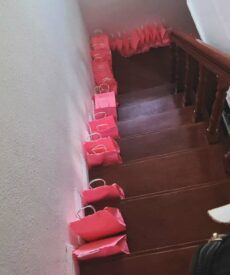
Our rescue agents also spotted a line of pink paper gift bags sitting on each step of a spiral, wooden staircase inside the house. “The girls would bring them to their customers for ‘choosing them’,” Barnett said.
While the Philippines is a beautiful country, home to about 106 million people and 7000 islands, it is a hotspot for child sex trafficking. Between 60,000 and 100,000 children are trafficked each year in the country, according to global anti-child exploitation network ECPAT International.
While this number is high, Child Rescue is committed to scratch away at it. Last year, our organisation joined forces in the rescue of 750 people across the world. If you would like to play a role in the fight against this crisis, please consider donating today.

 US & International
US & International Australia
Australia United Kingdom
United Kingdom